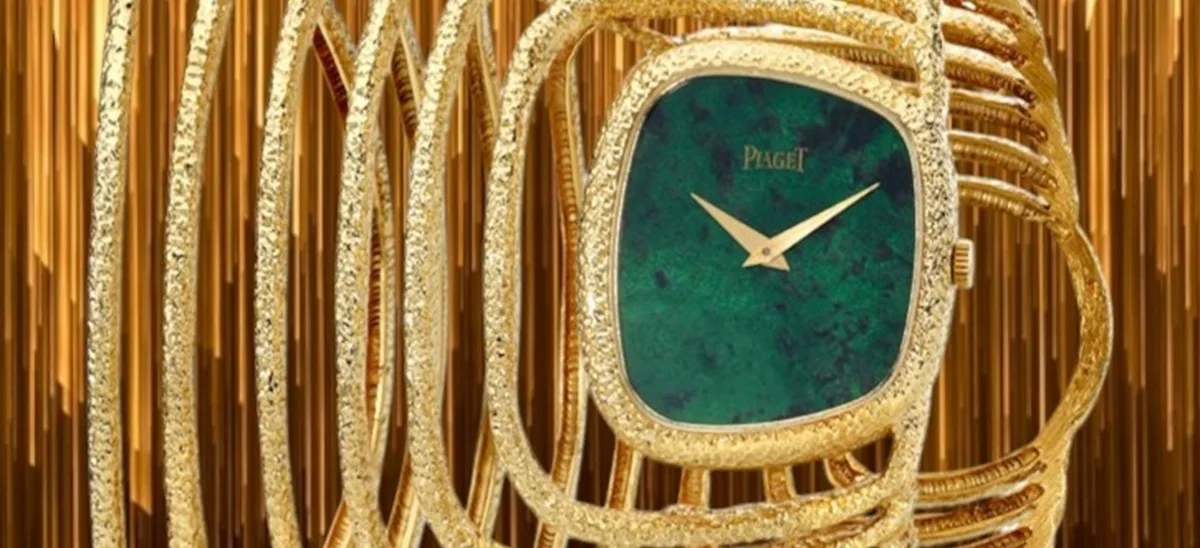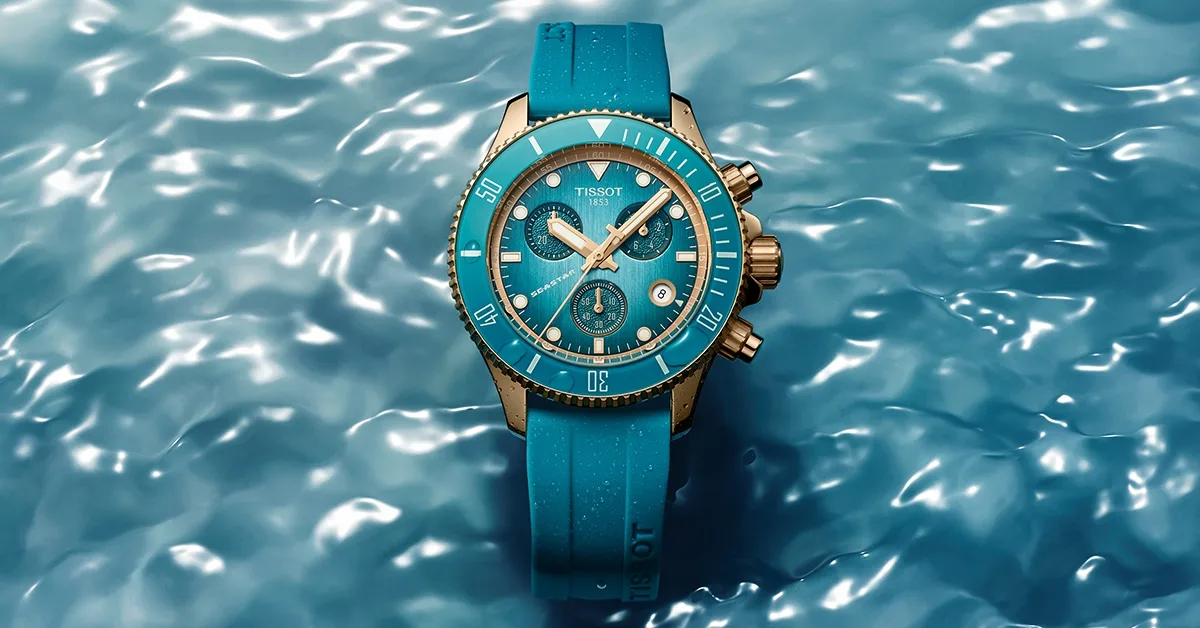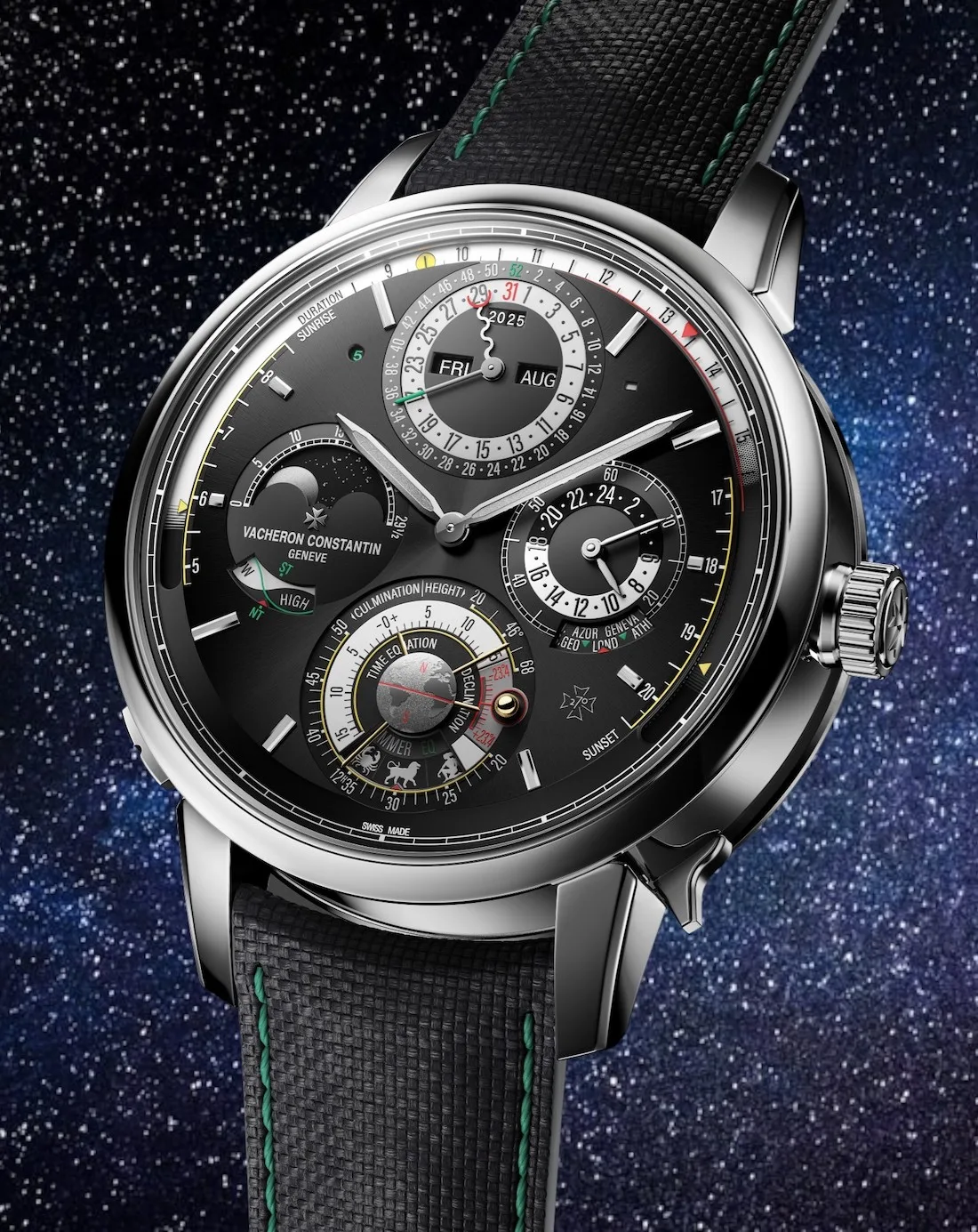The Female Perspective II exhibition at El Prado Museum follows on the success of the edition from 2022-23. With this original initiative, El Prado pays homage to the women who played a key role in building the museum’s stunning collection of art through an innovative approach: an itinerary around the museum that allowed visitors to discover the importance of these women as collectors and patrons within the context of other great artworks of the same time. The first edition covered the period between the end of the Middle Ages to the early 17th century. The Female Perspective II focus only on this century and in three key figures: Elizabeth of Bourbon, Mariana de Austria and Christina of Sweden.
Thanks to these women, El Prado Museum is home to outstanding paintings by masters like Dürer, Rubens, Titian and Velázquez, and sculptures of the relevance of The Muses. The show comprises 34 works of art, each located in its usual place within the permanent collection of the museum. There are four parts to this exhibition.


Velázquez, Queen Elisabeth of France on Horseback, ca. 1635. Bourdon, Queen Christina of Sweden on Horseback, 1653-54.
© Museo Nacional del Prado.
Patrons of the museum (1602-1700) present portraits of these women, revealing how much thought went into building these paintings to reflect, state and impose their power. It is here that we meet face-to-face with queens, regents and empresses, who controlled most of Europe.
The other sections bring us closer to Mariana de Austria, Elizabeth of Bourbon and Christina of Sweden, who, together with Elizabeth Claire Eugenia (daughter of King Philip II of Spain), were leading patrons of the arts and had a close relationship with El Prado Museum.
After the death of her husband, King Philip IV, Mariana de Austria reigned from 1665 to 1675 on behalf of her son, Charles II. Foreign, female and without political experience, she had to fight with tooth and nail to legitimise her position. Cleverly, she used art to forge the image she wanted to project to her opponents, to the people of Spain and to other European courts.


Rubens and Brueghel the Edler, Infanta Isabel Clara Eugenia, ca. 1615. Velázquez, Queen Mariana of Austria, ca. 1670.
© Museo Nacional del Prado.
In the third section, we find Elizabeth of Bourbon, queen consort to King Philip IV of Spain, who commissioned the largest group of paintings of the time for the Tower of the Queen at the Alcázar of Madrid, which brought together some of the most respected masters of the time, such as Rubens, Brueghel the Elder and Snyders among others. It is also in this section where we can explore the artistic exchanges between three of the most fascinating women of the 17th century: Marie de’ Medici, Elizabeth Claire Eugenia and Elizabeth of Bourbon.


Brueghel the Elder and Momper II, Isabel Clara Eugenia on a Visit to the Countryside,1600 – 1625, one of the paintings commissioned to decorate for the Tower of the Queen at the Alcázar of Madrid. Thalia/Melpomeme, one of the seven muses from ancient Rome (c. 130AD) acquired by Christina of Sweden and restored by Ercole Ferrata, who gave this one Queen Christina’s face.
© Museo Nacional del Prado.
Last, the itinerary takes us to Queen Christina of Sweden, considered one of the most erudite women of the century and one of the greatest art collectors. She was also a bit of a rebel. She refused to marry, often dressed in men’s attire and converted to Catholicism. Eventually, she abdicated and moved to Rome. She sought support from Philip IV of Spain and lavished him with gifts, such as Dürer’s panels, Adam and Eve.
The Female Perspective II exhibition at El Prado Museum is an invitation to discover a group of fascinating and powerful women who not only played a fundamental role as international art patrons but also contributed significantly to the political stage of the 17th century.
Author: Julia Pasarón
The Female Perspective II
El Prado Museum, Madrid
8th May – 8th September, 2024
Book your tickets HERE.
Opening image: Albrecht Dürer, Eve, 1507 (Oil on canvas). © Museo Nacional del Prado. Image cropped from the original due to formatting restrictions.

















Show Comments +